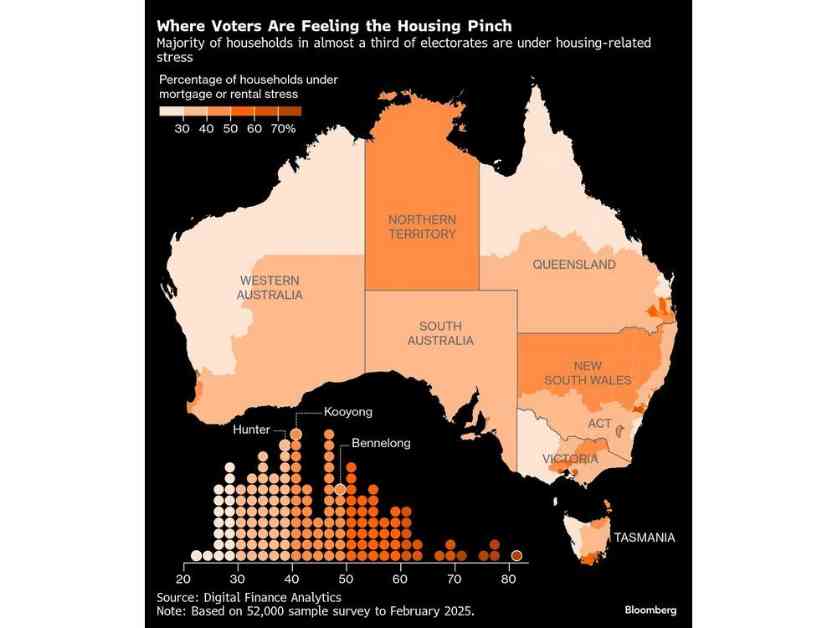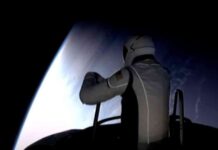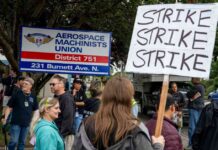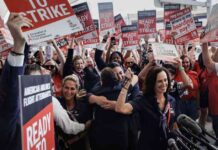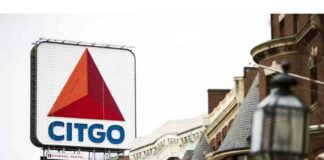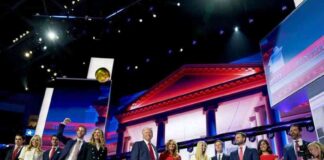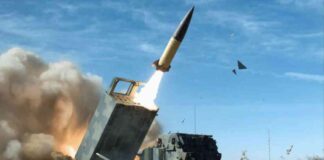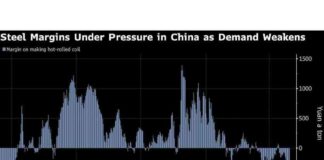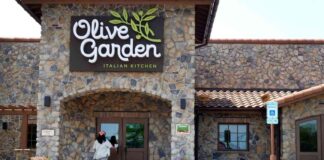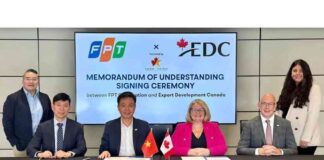Whoever wins Saturday’s Australian federal election is going to have their work cut out for them, that’s for sure. The once-soaring Australian economy, often dubbed a “miracle economy,” is starting to show signs of wear and tear after three decades of impressive growth. The pillars that held it up are now crumbling, leaving Prime Minister Anthony Albanese and opposition leader Peter Dutton with a tough sell to the Australian electorate, who are feeling the pinch in their pockets.
In the upcoming election, key battlegrounds like Sydney’s Bennelong, where a flood of immigrants has worsened a housing shortage, and the coal region of the Hunter, grappling with the transition away from coal energy, will play a crucial role. And let’s not forget about places like Melbourne’s Kooyong, where independent candidates are making waves in the political scene.
The May 3 election is shaping up to be a close one, with many experts predicting a minority government will emerge, requiring smaller parties and independents to band together for a parliamentary majority. The specter of US President Donald Trump looms large over the election, with both Albanese and Dutton touting their abilities to navigate his trade policies.
As the economic winds shift, with China’s growth slowing down and past reforms losing their luster, the incoming government will have its work cut out for it. The nation’s living standards are slipping, and the next leader will need to rally the country towards a new direction to maintain prosperity. But, let’s be real, it’s not going to be a walk in the park.
Cost of living issues like rising energy prices, housing shortages, and high grocery bills are dominating the campaign trail. Albanese is promising relief for everyday Aussies, while Dutton is quick to point the finger at the current government for the country’s woes. And let’s face it, Australians are feeling the squeeze more than their global counterparts in recent years, with per capita GDP taking a hit while other OECD countries are on the rise.
The struggle is real for folks like Vanessa Cheng, a small business owner in Sydney, who is feeling the pinch of rising costs. She’s calling for more support for businesses like hers, highlighting the challenges faced by younger Australians trying to make ends meet. The story of Cheng and others like her paints a picture of the economic challenges facing the country.
With the energy debate heating up, places like the Hunter region are at a crossroads. The old Liddell power station stands as a symbol of Australia’s energy policy gridlock, with the Labor government looking to transform it into a green hub while Dutton pushes for nuclear energy. The lack of a clear roadmap for the energy transition has left Australia with outdated infrastructure and soaring prices, a far cry from its energy-rich status.
The Teal independents in places like Kooyong are pushing for clean energy and tax reforms to boost the economy. Their influence could be a game-changer in a tight election, with many predicting a hung parliament. The pressure is on for the incoming government to deliver policies that will kickstart the economy and bring back that Aussie optimism.
So, yeah, it’s a tough gig for whoever takes the reins after the election. The days of the “miracle economy” may be behind us, but there’s still hope for a new era of growth if the right policies are put in place. It’s time for Australia to roll up its sleeves and get to work on securing a brighter future for all.

